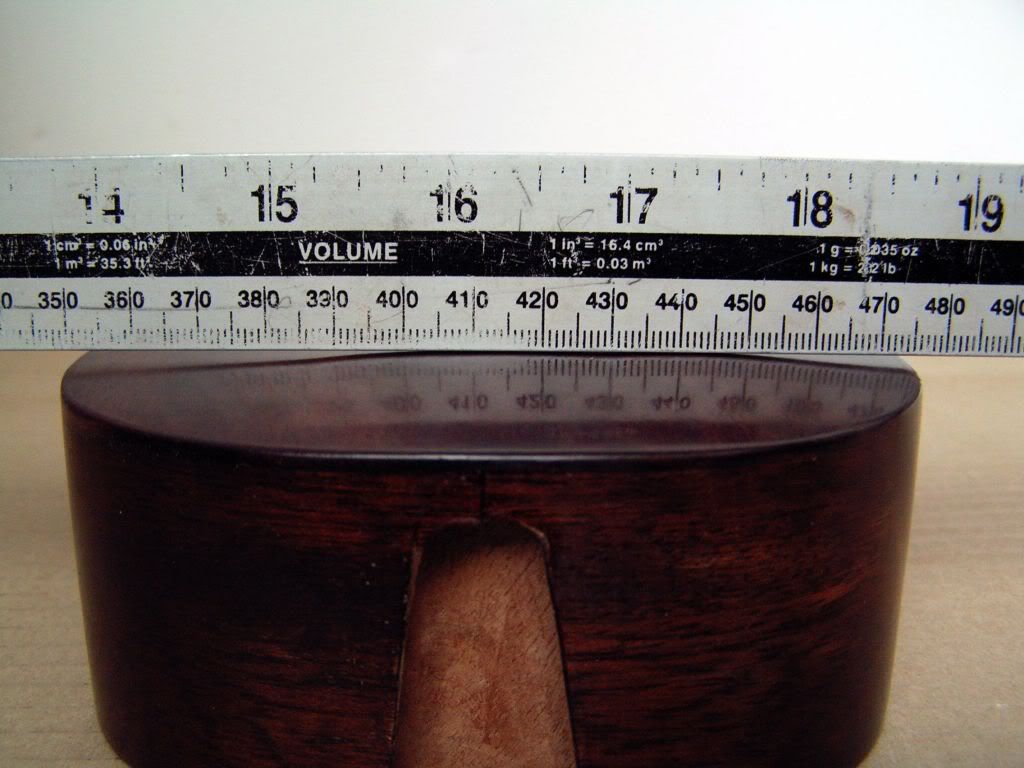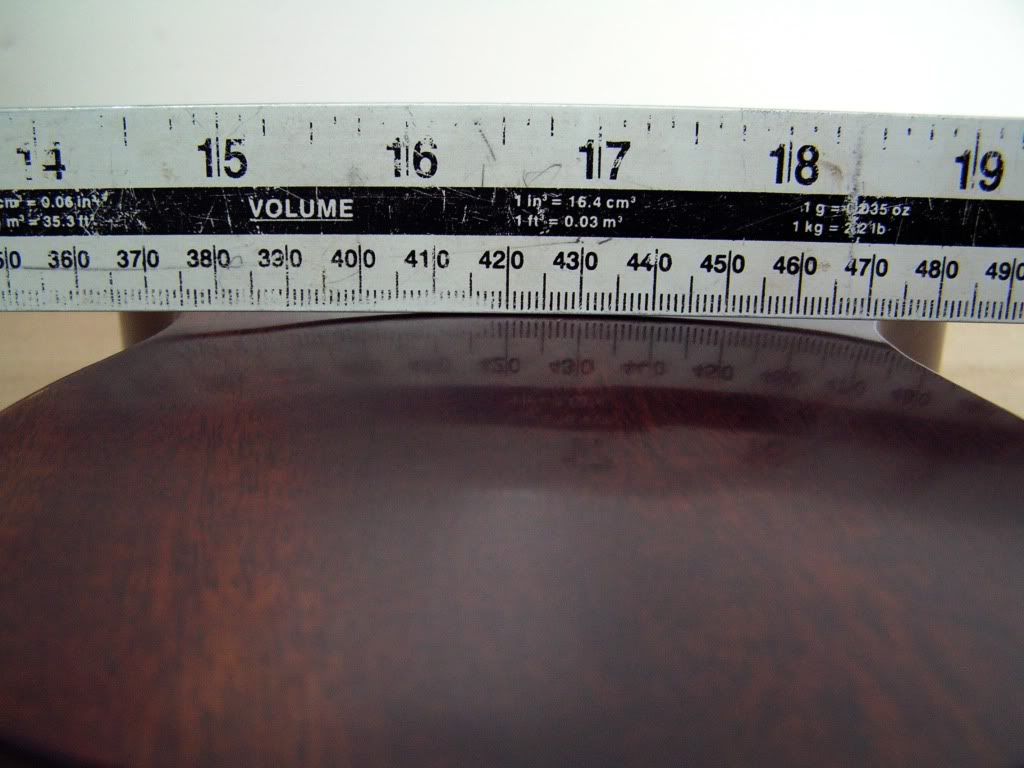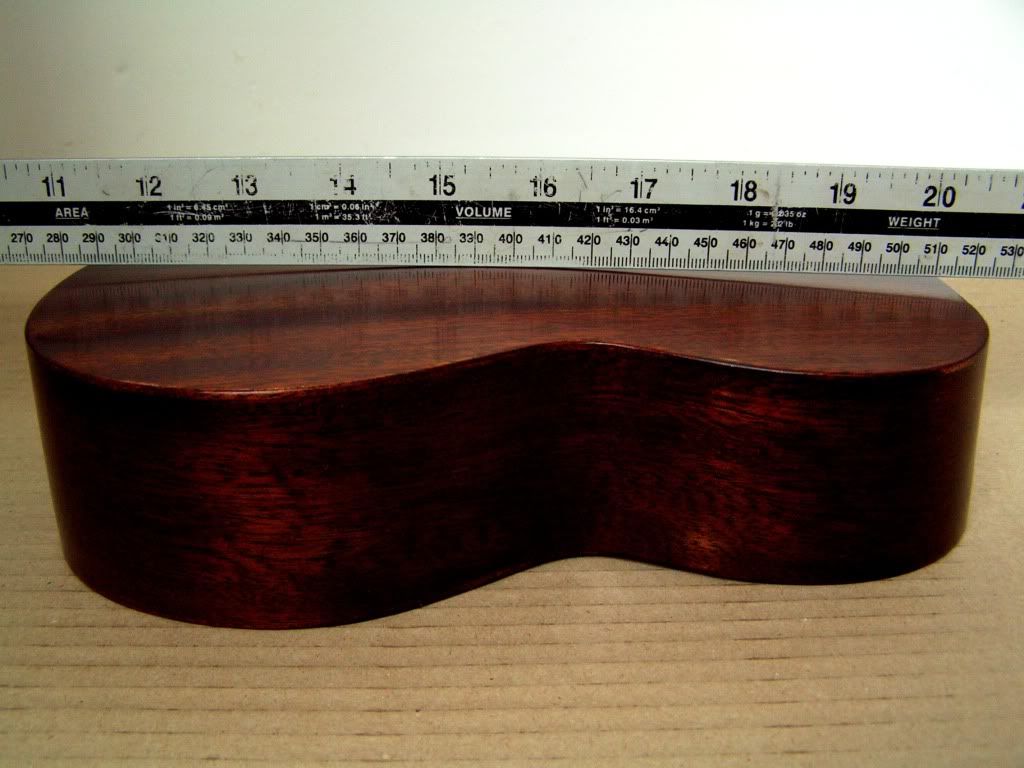Timbuck
Well-known member
My noo camera arrived this morning, so now I can show some pic's of my latest project.
it's a "Timbuck Back Bender"..I was'nt happy with the form of some of my backs as they came off the Go-Bar Deck..My Soprano's only have two back braces and the spring back in the material causes most of the back arch to flatten out again..sanding the sides to a 10' radius dosn't seem to help much either..So I've made this device to heat form the back radius, prior to fitting the braces...I made the former from a "Drip tray" removed from a scrapped Electric cooker...I wanted to use a roof section cut out of a VW Beetle for this job ..but I couldn't locate one ..the "first off" back piece I made with this method has turned out quite good..and it is now on a uke and being french polished...*Note*This is no good for bookmatched sets co's it would melt the glue seam.
..the "first off" back piece I made with this method has turned out quite good..and it is now on a uke and being french polished...*Note*This is no good for bookmatched sets co's it would melt the glue seam.
Here is a slideshow of the build so far..just click on the pic.

it's a "Timbuck Back Bender"..I was'nt happy with the form of some of my backs as they came off the Go-Bar Deck..My Soprano's only have two back braces and the spring back in the material causes most of the back arch to flatten out again..sanding the sides to a 10' radius dosn't seem to help much either..So I've made this device to heat form the back radius, prior to fitting the braces...I made the former from a "Drip tray" removed from a scrapped Electric cooker...I wanted to use a roof section cut out of a VW Beetle for this job ..but I couldn't locate one
Here is a slideshow of the build so far..just click on the pic.

Last edited:




